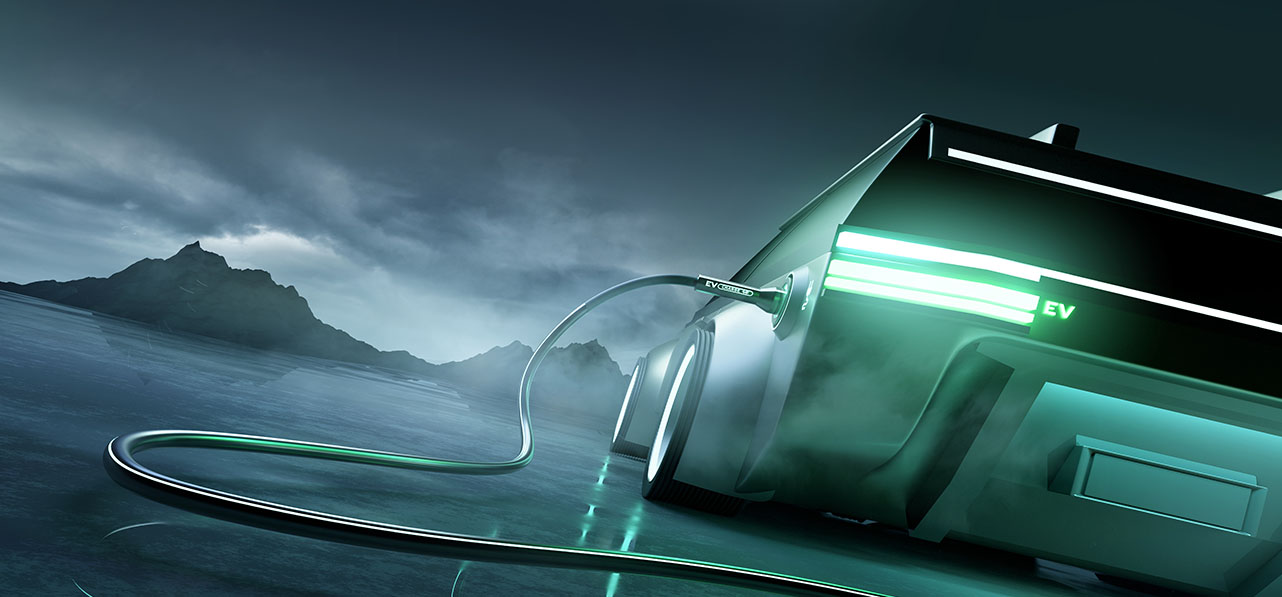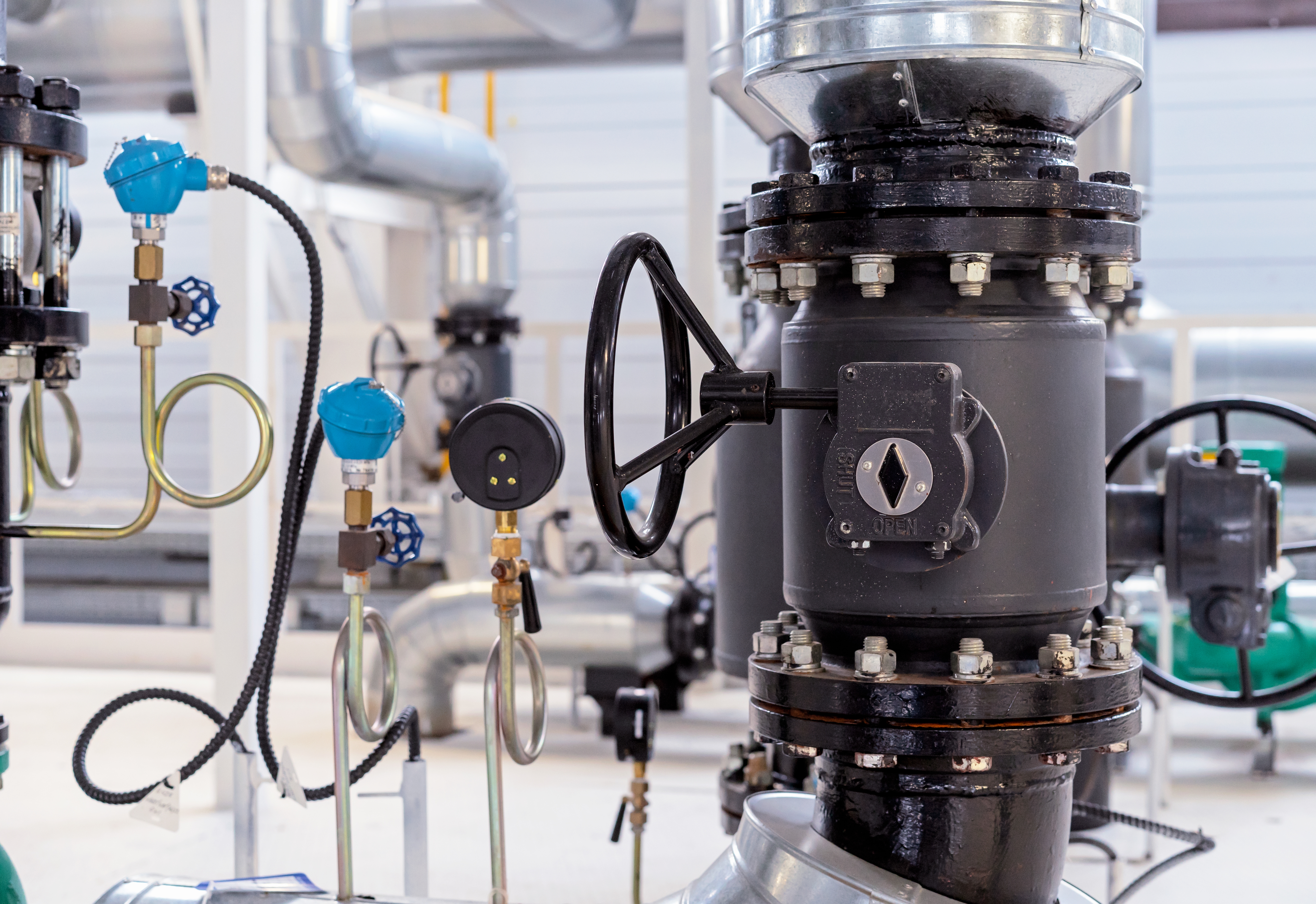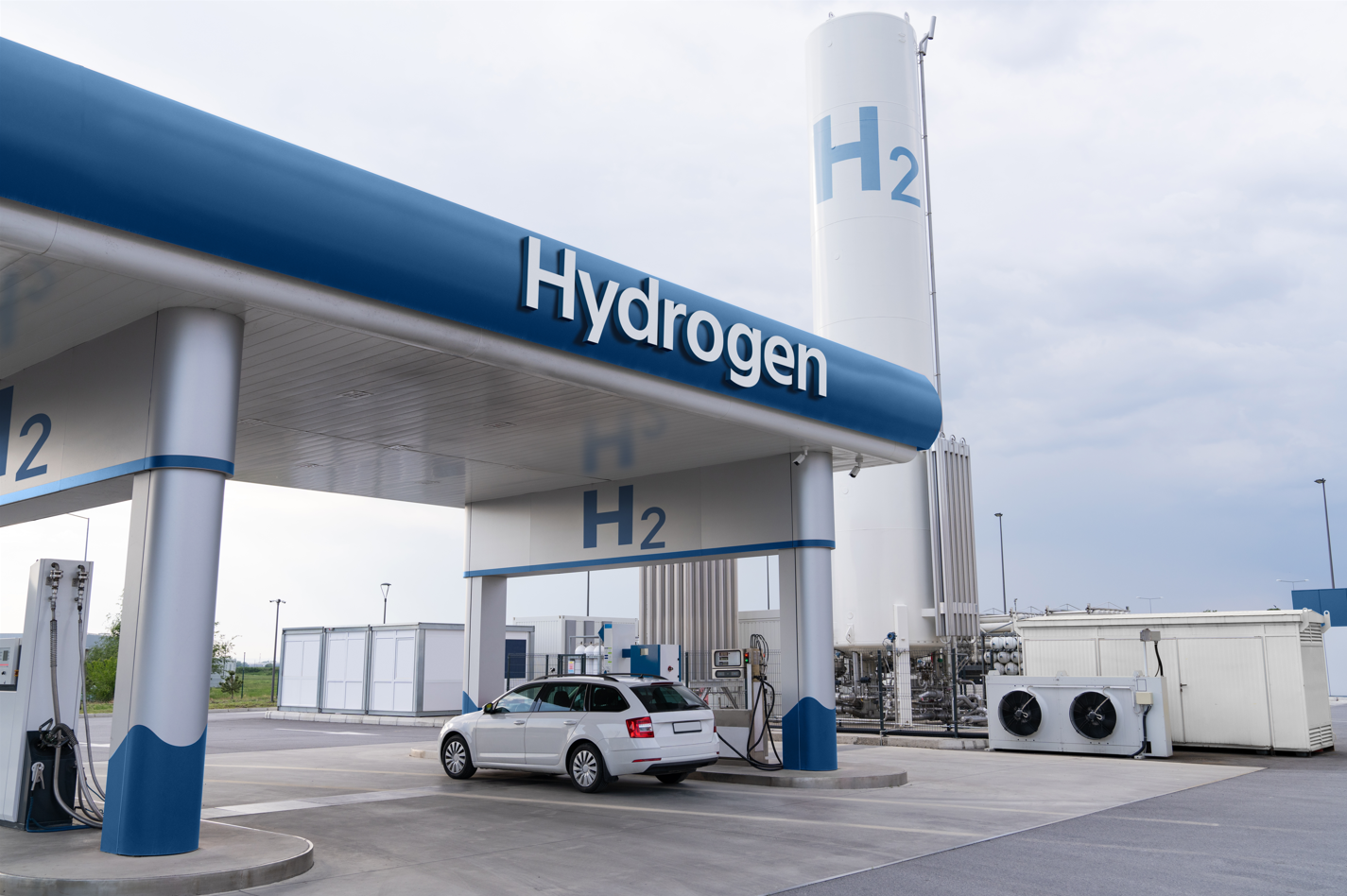Featured Articles
2022-09-26
The sales of Hyundai's hydrogen vehicles are much higher than Toyota's
 The main superior points in South Korea are the number and distribution density of hydrogen refueling stations.
The main superior points in South Korea are the number and distribution density of hydrogen refueling stations.It is well known that the industry's investment in the development of hydrogen vehicles is not a matter of recent years. As early as more than 20 years ago, many car manufacturers have already invested in research. But sooner or later research is not the point, the most important thing is the insight and courage to put into mass production. Toyota started listing the Mirai as early as the end of 2014, while Hyundai started selling the NEXO as late as 2018. Having the first opportunity to market is an extremely favorable position for Toyota in marketing. When it comes to hydrogen vehicles, it is almost synonymous with Toyota. The company does have deep roots in the development of hydrogen vehicles and their ecosystem. But the embarrassing thing is that the sales volume of Mirai has not been able to increase significantly, and even less than NEXO in 2019, which makes NEXO have the momentum of being a latecomer.
According to a survey by Tech-T Co., Ltd. in Nagoya, Japan, the global sales of the Hyundai NEXO in 2021 were 9,621 vehicles, of which 8,502 in South Korea; the global and domestic sales of the Toyota Mirai were 5,918 and 2,447, respectively. In the first four months of 2022, global sales of the NEXO and Mirai were 2,765 and 1,658 units, respectively. The second-generation Mirai, which has been remodeled, is in trouble. The industry is rumored to have a monthly production capacity of 3,000 units, but the average monthly sales in 2022 is less than 400 units, even a step backward from 2021. The most obvious difference in the sales volume between the two is the sales volume in their respective countries. Since the Japanese and South Korean governments have similar subsidies for hydrogen vehicles, it is believed that the number and distribution density of hydrogen refueling stations are the factors that cause the significant gap in domestic sales. The distribution of hydrogen refueling stations in Japan is very uneven, and there are several counties and regions that are not set up at all. In short, there are very few hydrogen refueling stations outside the Tokyo metropolitan area, Nagoya and Osaka, making hydrogen vehicles less practical. In addition, the hydrogen refueling station is closed for one to two days a week, and the business hours are from 9:00 am to 5:00 pm. Those who leave work late will miss the time for hydrogen refueling. On the other hand, hydrogen refueling stations in South Korea are open all year round, and most of the business hours are from 8:00 am to 8:00 pm; although hydrogen refueling stations are concentrated around Seoul and Busan, the actual population coverage is higher than that of Japan. The price of hydrogen fuel in South Korea is 20% cheaper than in Japan, which is also a positive factor.
References
-
2022-02-02, 技術オフィス Tech-T,水素エネルギー社会(31)MIRAIとNEXO 2021年販売台数
-
2022-02-06, 技術オフィス Tech-T,水素エネルギー社会(32)日韓 水素ステーション比較
-
2018-03-27, Hyundai Press release, Hyundai Begins Sales of NEXO Fuel Cell Electric Vehicle
- 2022-08-02, Hyundai Press release, Hyundai Motor’s XCIENT Fuel Cell Heavy-Duty Trucks to Hit German Roads
- 2021-09-23, Pulse by Maeil Business News Korea & mk.co.kr, Lee Ha-yeon, Korea starts test on hydrogen trams for commercialization by 2023
-
2022-1-20, Electrive.com, Carrie Hampel, S.Korea to acquire 624 H2 fuel cell buses by 2025





